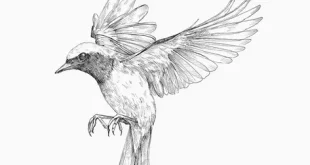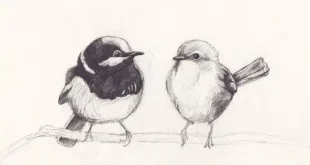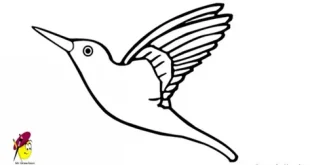What Makes Bird Flying Drawing a Stunning Form of Art in the USA
Introduction to Mynah Birds
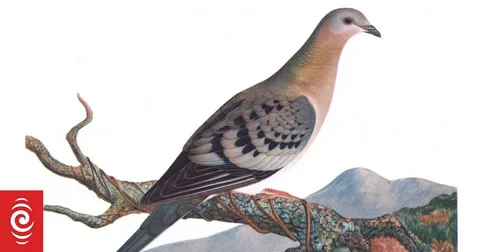
Mynah birds are among the most captivating avian species admired for their intelligence, charm, and adaptability. These medium-sized passerine birds belong to the starling family and are native to Asia, particularly India and Southeast Asian regions. Known for their glossy plumage, strong personalities, and remarkable ability to mimic human speech, they have become favorites among bird enthusiasts worldwide. Their wide vocal range allows them to produce whistles, clicks, and clear words, often surprising new owners. Mynahs thrive in various habitats, including forests, grasslands, and urban settings, where they quickly adjust to changing environments. Their bold behavior and social nature make them highly visible and interactive creatures. Observing their playful antics can bring joy and curiosity to anyone interested in aviculture. Understanding these birds requires exploring their appearance, diet, behavior, and role in culture. Such exploration highlights their importance in both natural ecosystems and human companionship.
Physical Appearance and Unique Features
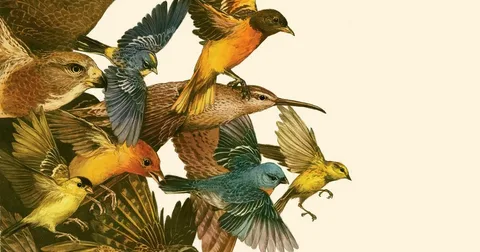
The physical characteristics of Bird Flying Drawing contribute significantly to their popularity among pet owners and bird watchers. These birds typically showcase glossy black or brown feathers, accented with bright yellow or orange patches around the eyes and beak. Their strong legs and sharp claws allow them to hop actively while foraging on the ground or exploring trees. The Common Hill Mynah, considered the best mimic among them, possesses striking black plumage with brilliant white wing patches visible during flight. Another species, the Jungle Mynah, features a more subdued appearance but shares a similar vocal ability. Their average body length ranges between 23 to 30 centimeters, making them medium-sized and easy to accommodate in aviaries. These features, combined with expressive eyes and curious personalities, make them stand out. Every detail in their anatomy, from strong beaks to agile wings, enhances their survival and interaction with both humans and the environment.
Diet and Feeding Habits of Bird Flying Drawing
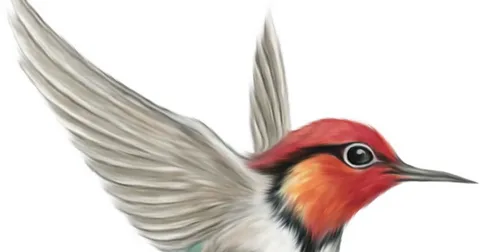
Mynah birds have diverse dietary preferences that contribute to their robust health and high energy levels daily. They are omnivorous creatures, feeding on fruits, seeds, nectar, and various insects available in their surrounding environment. In captivity, owners often provide soft fruits such as papaya, banana, or melon, along with specially formulated pellets. These dietary supplements ensure balanced nutrition and help maintain their vocal abilities and feather quality. In the wild, Mynahs exhibit opportunistic feeding behavior, consuming whatever food sources are abundant during different seasons. They also help in seed dispersal by eating fruits and excreting seeds away from parent plants. This natural role contributes significantly to ecological balance and forest regeneration. Observing their feeding patterns demonstrates their adaptability and intelligence when selecting food items. Ensuring a nutritious and varied diet for pet Mynahs is essential, as poor feeding practices may cause health concerns and reduced lifespan.
Behavior and Social Interaction of Bird Flying Drawing
The behavioral patterns of Bird Flying Drawing reveal their intelligence, social tendencies, and ability to communicate effectively with humans. These birds are naturally curious and thrive on mental stimulation, often requiring toys or interactive sessions when kept as pets. Their mimicry skills are highly developed, allowing them to reproduce human speech with astonishing accuracy and clarity. Beyond speech, they imitate whistles, alarms, and other household sounds, adding charm to their personality. In the wild, Mynahs are often observed in pairs or small groups, foraging together and protecting territories. They engage in playful chases, vocal exchanges, and cooperative feeding, reflecting their social instincts. While bold in nature, they can become territorial and aggressive when defending nesting areas or competing for resources. Their communication skills, both natural and learned, highlight their advanced cognitive abilities compared to many bird species. Understanding their social behavior helps caregivers nurture happier, healthier birds in captivity.
Cultural Significance and Human Connection
Mynah birds hold significant cultural value across regions where they are commonly found and domesticated as companions. In Indian folklore, they are often associated with love, companionship, and storytelling traditions due to their vocal nature. Historically, aristocrats and commoners alike admired them for their speaking ability and engaging personalities. In modern households, they remain popular pets for people seeking intelligent, interactive companions with entertaining qualities. Their role in urban landscapes also deserves recognition, as they adapt quickly to cities, gardens, and agricultural fields. By dispersing seeds, consuming pests, and contributing to biodiversity, they play an ecological role beyond human fascination. In some regions, religious traditions consider them symbols of devotion and divine connection, further elevating their importance. Their enduring bond with humans reflects centuries of coexistence, shaped by admiration and utility. Thus, Mynah birds symbolize harmony between wildlife and humanity through shared environments and meaningful cultural associations.
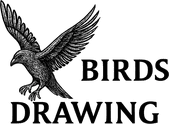 Birds Drawing Birds Drawing
Birds Drawing Birds Drawing

